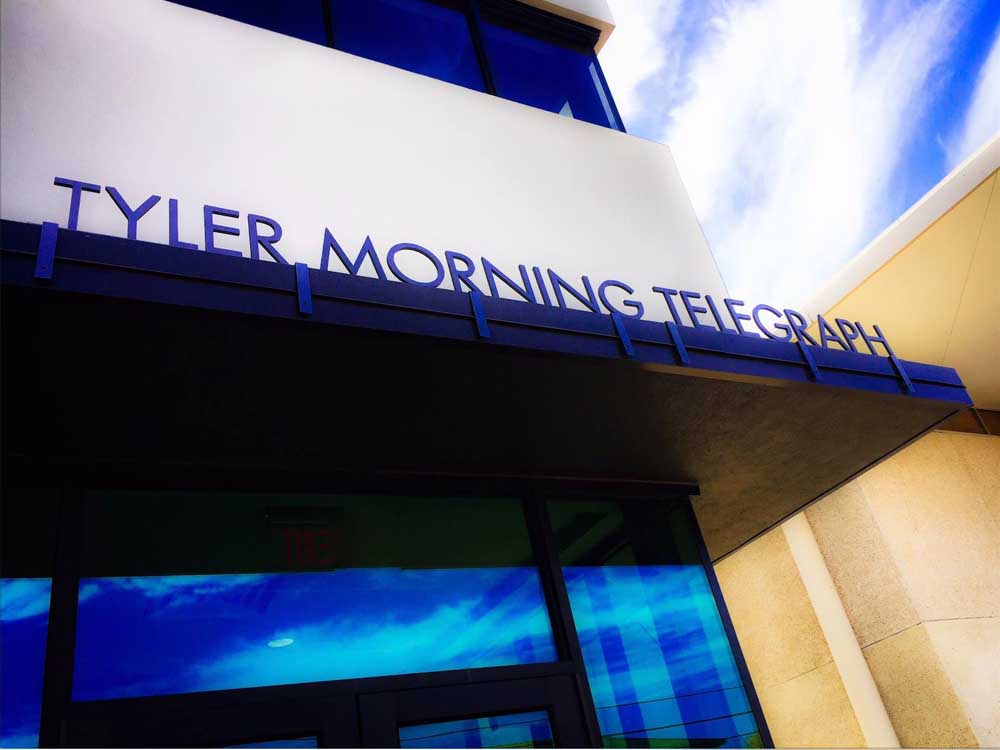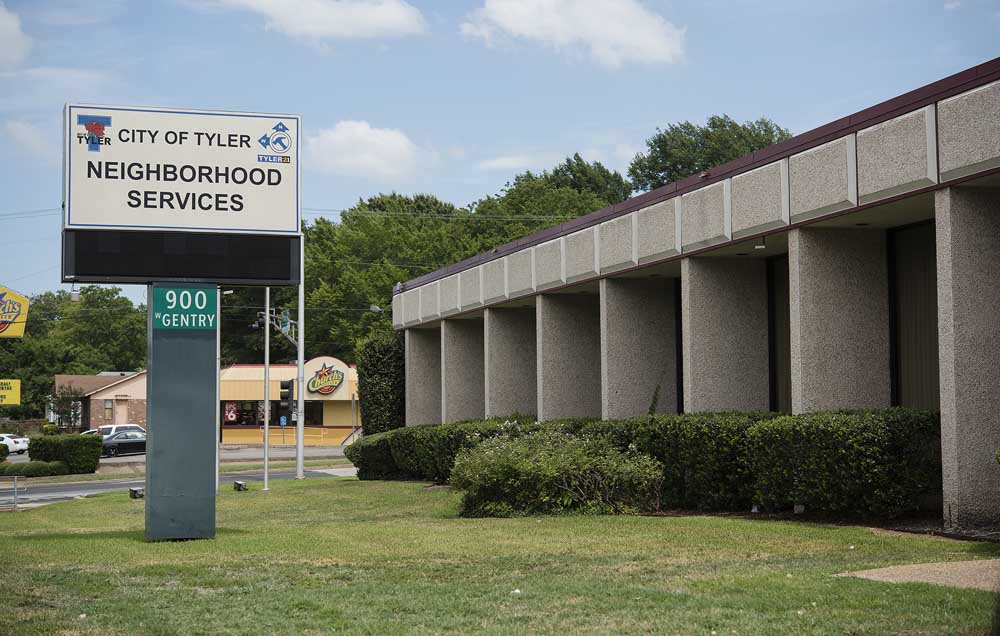Editorial: Our investigation and actions after a cutline was changed in print
Published 12:18 pm Wednesday, January 20, 2021

- 17192298_10155230520468678_8510090816442280459_o.jpg
As journalists, one of our missions is to hold those in power to check. We regularly work to shed light on things that need fixing. We strive for an honest day’s account of what happened and why.
When we fail at that mission, it is incumbent upon us to do the hard and necessary work of looking inward and demanding better of ourselves. We must be the first to do it, and we must hold ourselves to a higher standard.
On Jan. 8, we printed a false photo caption about the U.S. Capitol riot, and we are sorry. We broke your trust in us, and we have promised to repair it.
That starts with a full accounting of what happened and where our editing process failed. We also want to explain to you what we’re doing to prevent something similar from happening again in these pages. Your trust with us cannot be repaired overnight, but we hope that by explaining what we know and what we’re doing, we can eventually earn that trust back.
We made a promise earlier that we would make a full investigation into the matter, and we have. These are our findings.
Let’s start by answering the question that many of you have asked us since the false caption ran: How did this happen?
We have spoken with the staff members working that night to gather as complete an account as possible. We have also compared those accounts to both the newspaper’s production system, which logs all of the changes made to the paper as it is put together, and to the paper’s internal messaging system, which staff members working on the paper use to direct changes and edits to pages as they are proofed.
How did this happen? To the best of our belief, it was a joke taken literally. We found that no staff member acted in a malicious manner to deliberately put misinformation in your paper. Instead, what we found was a misguided and misunderstood joke put on the page when it should not have been.
The correct photo caption was put into our production system with the photo and sat untouched for more than an hour until it was changed by one of our page designers. That page designer had submitted a draft of the page to our messaging system so that others working that night could read over it and check for mistakes and typos. A message on our system from another page designer directed that person to change the caption to the false one that ran. A third page designer also commented on the thread, saying the page looked good. The original page designer made the requested change and sent the page to be printed.
There were several obvious issues raised by this. First and foremost, no one looked at the final revision of the page before it was sent. Had an editor or a designer looked at the page to OK the final revisions, this error would have been caught and corrected. There was no person acting as a final fail-safe that night.
We must also address the specific request from a designer to change the caption. We believe that request was intended to be a joke based on the conversations we had with staff members working that night, but we must also acknowledge that the designer made no special effort to distinguish the joke from an ordinary request. There was no “LOL.” There was no special emoji used to denote sarcasm. There was nothing to let on to the fact that a joke was being made.
One of the first rules most page designers learn is to never put a joke on the page as a placeholder or otherwise, because it will invariably end up in print.
We also know that sometimes it can be hard to distinguish tone from the written word. One of our page designers has learned these lessons the hard way.
We also want to address the fact that the page designer who made the actual change on the page did not push back against the requested revision. We know sometimes, in the busyness of our work schedules, things can slip past our brains and mistakes can happen. It is incumbent upon us to stop and examine the things we are being asked to do. Had that page designer taken a beat to remember what the Associated Press was actually reporting, this would not have happened.
Disciplinary measures have been taken with those involved in this mistake, but ultimately we feel there is a larger issue beyond any one individual. This was a collective failure, and it’s one for which we take full responsibility as a newspaper. We are supposed to have protocols in place to prevent such things from happening. We did not. That has been changed.
Here is what we have put in place to hold us accountable: Between the time a story or story element is given to a page designer by an editor, placed on the page by that designer and then printed, it will have at least two people looking over the actual page before it is sent to press — with one of those people responsible for checking the final revision for all of that day’s pages and signing off on the issue.
Our new protocols call for page designers, once they have finished laying out a page, to provide a copy of the page to the rest of the newsroom for viewing. Any proposed revisions can be made at that time, and the page’s designer will make them. The page designer will then provide a revised copy of the page for approval no matter how small the change.
Each night, we will have one person acting as the designated person who will send pages. That person will double-check each page for errors before sending it, and we have specifically noted several key things to look out for when doing a final check:
Captions with factual errors; misidentified people; misidentified mugshots; factual errors in headlines and subheadlines; or subject/verb errors that cause a headline to have a factual error; factual errors and subject/verb errors on the front page elements; missing lottery numbers; incorrect dates; incorrect prices or barcodes; story continuation notes that don’t match; or missing story continuations.
Everyone involved in designing and checking pages will be required to adhere to these guidelines and is expected to do their best to prevent errors from being inserted into the newspaper. We have asked the leaders of all of our company’s newspapers to implement this policy and to discuss this incident with their staff members so that everyone is aware of what should be happening.
We are outlining all of this so that we can be as transparent as possible, and because we want you to hold us accountable. You expected us to prevent the mistake we made, and we should have prevented it.
To those who voiced their concerns about this egregious error, thank you. We know you spoke out because you believe, like we do, that the truth matters a great deal. We cannot change the fact that we made a mistake, but we will do our best to ensure it does not happen again.






